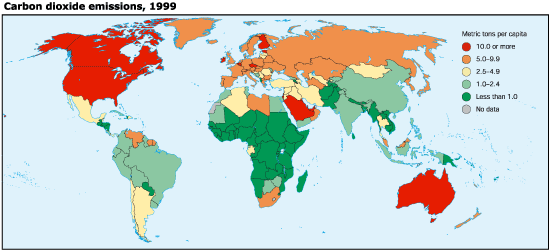
In March of 2009, U.S. Secretary of the Interior Ken Salazar decided to uphold the decision made by the Bush administration to remove the gray wolf from the endangered species list in several states in the Northern Rockies. Salazar commented that the U.S. had successfully recovered the gray wolf under the Endangered Species Act, and that population sizes were now large enough to justify removing the species from federal protection and allow the states to assume management. Almost immediately after the decision was made, Montana and Idaho both announced that there would be a hunting season for the gray wolf.
The decision to remove the gray wolf from the endangered species list initially made by the Bush administration and upheld by Salazar was derived from abundant complaints from farmers and ranchers that the growing wolf populations were destroying their business by eating their livestock and cattle. The charismatic wolf, once considered one of the biggest priorities for species protection in the U.S., was now becoming considered a pest to many ranchers in the Northern Rockies.
Montana and Idaho opened a sport hunting season for the gray wolf last summer. Since that time, 230 of the estimated 1,350 wolves in the two states have been killed. Over a dozen environmental groups have proceeded to sue over the issue. While it is an undeniable fact that wolf population numbers increased significantly since it became protected by the Endangered Species Act, environmentalists argue that hunting will prevent the connectivity of the ranges of the wolves spread throughout the Rocky Mountain region, and the ability for the wolf populations to connect will be crucial for the long term success of the species in the region.
This is another example of why the Environmental Species Act is a highly contentious piece of legislation. As we have seen with the case of the Florida panther, sage grouse, and many other species, providing a species with federal protection can have a detrimental impact on private land owners. The federal protection of a species can eliminate a private land owner's ability to achieve full financial benefit from his or her land or assets. With the conflict involving the conservation of a a beloved animal such as the gray wolf versus the livelihood of farmers and ranchers, a polarized public opinion is almost certain to persist.
http://www.nytimes.com/2009/03/07/science/earth/07wolves.html
http://www.mercurynews.com/top-stories/ci_14439195
Some quotes from The Onion on the issue:
http://www.theonion.com/content/amvo/gray_wolf_can_be_hunted_again

